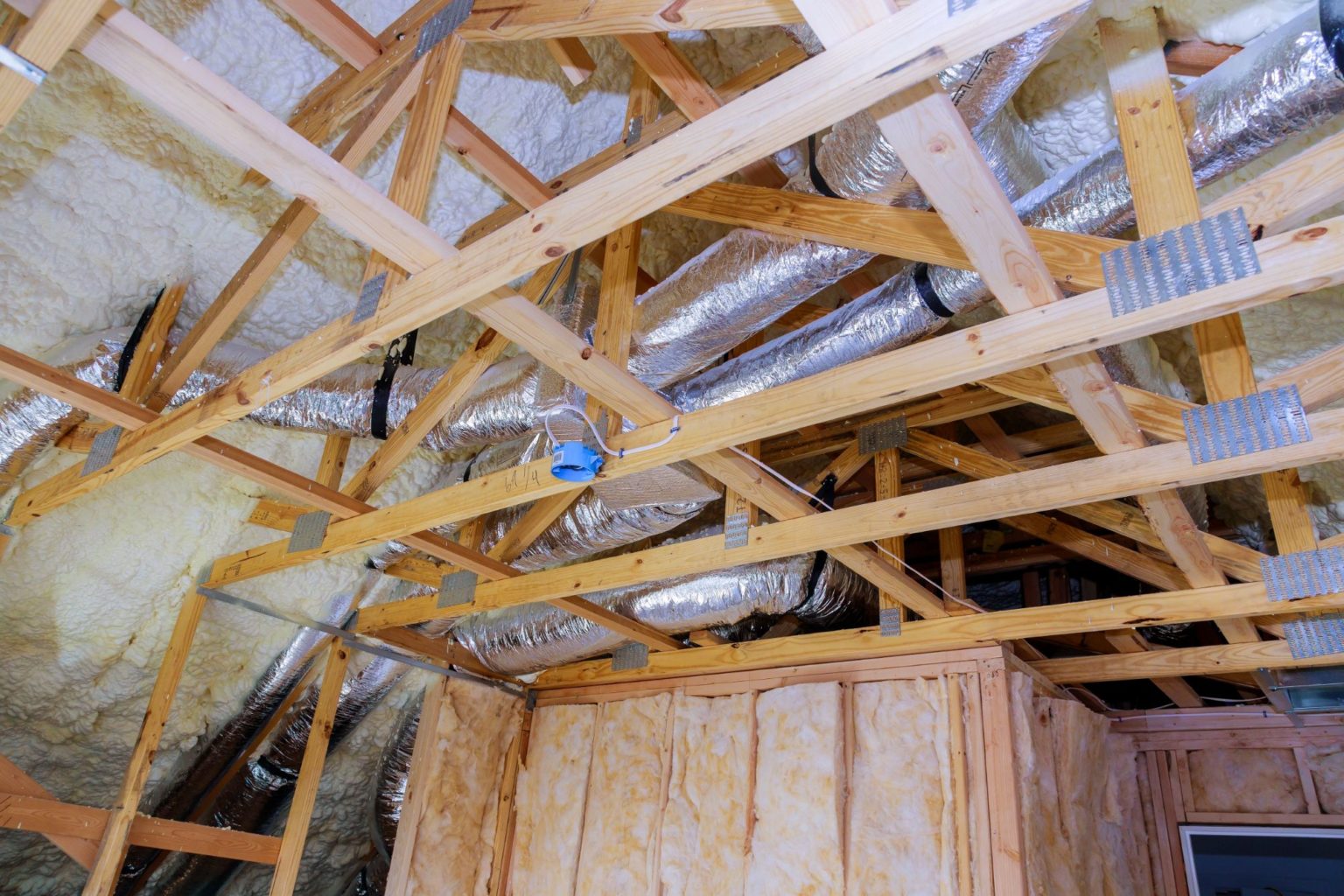Tags – How does a HRV system work
Are you wondering how a HRV system works?
In this blog post, we will discuss everything you need to know about HRV systems and how they work.
We’ll go over the basics of how an HRV system works, as well as some of the benefits that they provide.
By the end of this post, you’ll have a good understanding of what HRVs are and how they can improve your home’s air quality!
What is a HRV system?
An HRV system is a mechanical ventilation unit that captures up to 90% of thermal energy (heat or cool) from stale air extracted from a building and recycles it back into fresh intake air.
To put this differently, this is a system that circulates fresh air (or cool) inside a building while providing a 24-hour supply of clean, filtered air to its residents.
Why are HRV Systems Important?
The old way of “ventilating” our structures through random air leaks is not only inefficient and chilly, but it’s also unhealthy – indoor air quality in older buildings is typically poor.
Buildings with no ventilation system rely on weather to move air through gaps and flaws in the building enclosure.
If there is no wind or the difference between indoor and outdoor temperatures isn’t sufficient, there is no force behind the air changes – as a result, the air becomes stale and often hazardous.
For this reason, virtually every building would benefit from a HRV system – and the more airtight the building, the better the system will work.
How do HRV Systems Work?
Instead of merely expelling the old air and replacing it with fresh air, an HRV system first and foremost attempts to remove heat from the outgoing air and pass it to air that is coming in.
Plus they work independently of your normal heating system. In each room, ventilation ducts with filters feed the air into and out of the space, culminating in a heat exchanger installed on the loft or on the roof of a building.
The heat exchanger is the head of the heat recovery system, moving stale air through hundreds of small tubes while at the same time drawing in cold air from outside ducts.
And these flow past each other without mixing with each other, but the heat is drawn from the stale air to the cold air, which is then fed back down into the pipes and into the rooms – the stale air, without the heat, is then dispersed into the atmosphere.
Different types of HRV systems are needed to maximise the value of waste energy and convert it into something useful that may help decrease expenses and minimise environmental impact.
Heat recovery may be accomplished in a number of different ways, including thermal wheels, plate heat technology, heat pumps, and more sophisticated industrial processes.
Where do HRV Systems Work Best?
For a HRV system to function properly, the building or business complex must be completely insulated, with all those little holes where warm air might escape and be permanently sealed.
Generally, this means they are often not suitable for older buildings that tend to lose more heat compared to newer, more eco-friendly builds.
Benefits of HRV Systems
Some of the key benefits of a HRV system is that they help to reduce dust and germs throughout the building as these are collected via a filter within the unit.
In addition, they greatly reduce moisture and condensation, which in turn reduces the risk of damp and mould. In other words, these systems will help to improve indoor air quality which will have a positive impact on health and well being overall.
Furthermore, HRV systems can help to save on energy bills between 25-50% as they help to keep the house warm during colder months.
Think about it: it costs money to warm up buildings, and as soon as you open a door or a window, that heat escapes into the atmosphere.
But with a HRV system, you have a constant supply of warm, fresh air circulating throughout, making it far more energy efficient.
Want to know more? Contact us today.
Check out our HRV systems in the meantime.
You may also like:



